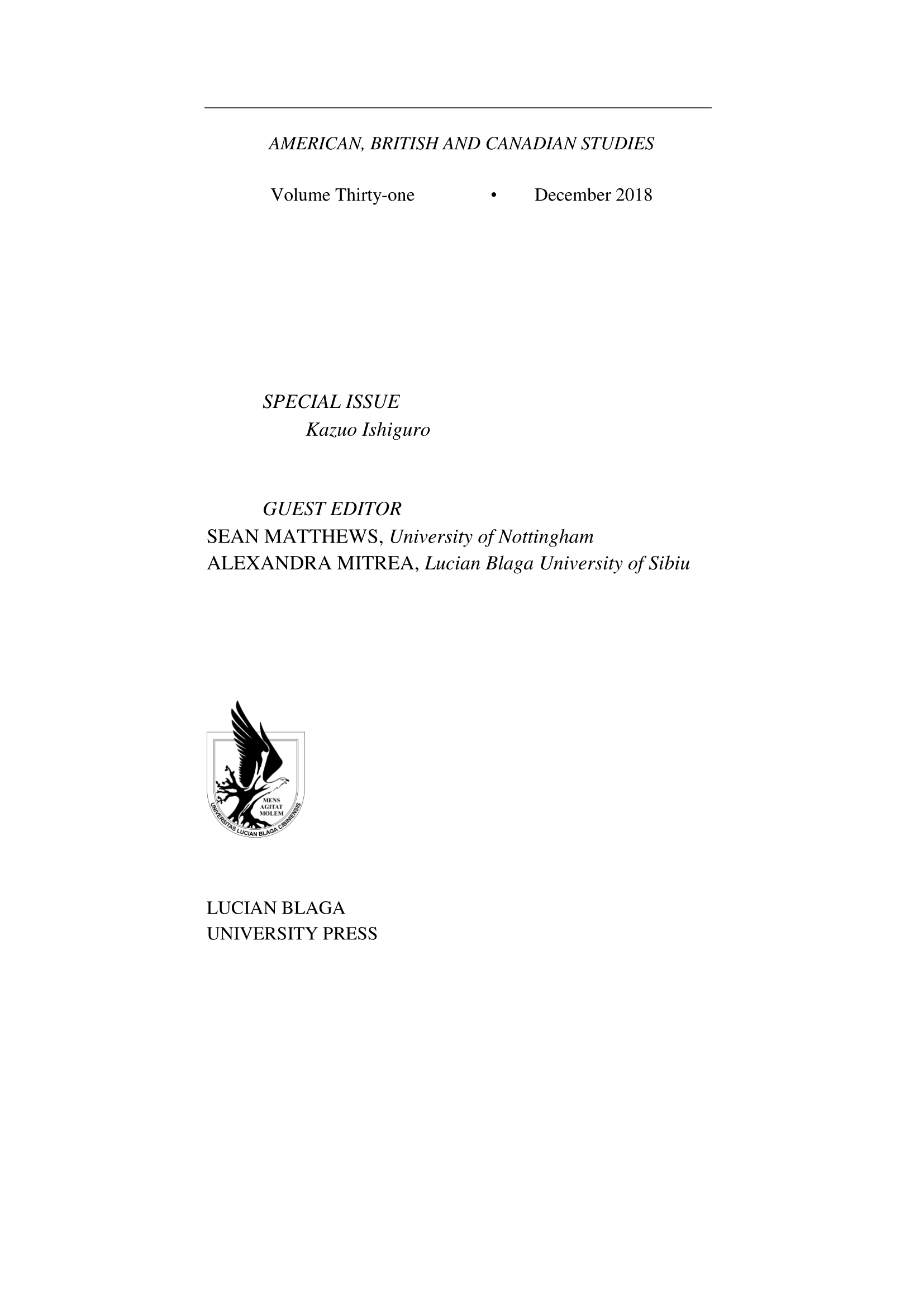Narrating Migration and Trauma in Kazuo Ishiguro’s A Pale View of Hills
Narrating Migration and Trauma in Kazuo Ishiguro’s A Pale View of Hills
Author(s): Ljubica MatekSubject(s): Novel, Migration Studies
Published by: Editura Universitatii LUCIAN BLAGA din Sibiu
Keywords: migration; trauma; memory; unreliable narration; Kazuo Ishiguro; A Pale View of Hills;
Summary/Abstract: Kazuo Ishiguro’s novel A Pale View of Hills (1982) represents both trauma and migration as continuous processes rather than finite stages in the life of Etsuko, the novel’s protagonist. This essay focuses on the ways in which trauma is narrated in the novel, arguing that in representing the protagonist’s life, Ishiguro mimics the narrative strategies used by trauma survivors. Written from the point of view of an unreliable narrator, the novel is a discontinuous narrative marked by indeterminacy and ambiguity, which “travels” from Britain to Japan and back, and which evinces biographical gaps and uncertainties that blur the boundary between Etsuko’s past and present, making it impossible for her to fully cross that boundary. The parallels between her life and the life of her friend Sachiko as well as her dubious narration, a consequence of creating a false version of traumatic events as a protective measure against their impact, serve to emphasize the incompleteness of both her migration and her story.
Journal: American, British and Canadian Studies
- Issue Year: 2018
- Issue No: 31
- Page Range: 129-146
- Page Count: 18
- Language: English
- Content File-PDF

